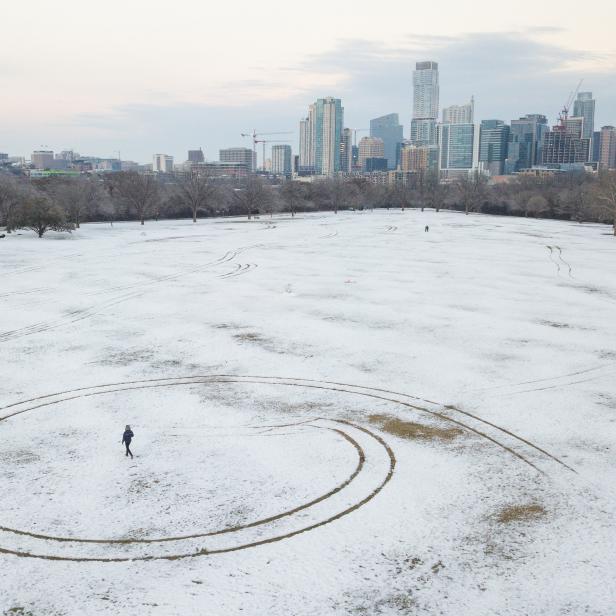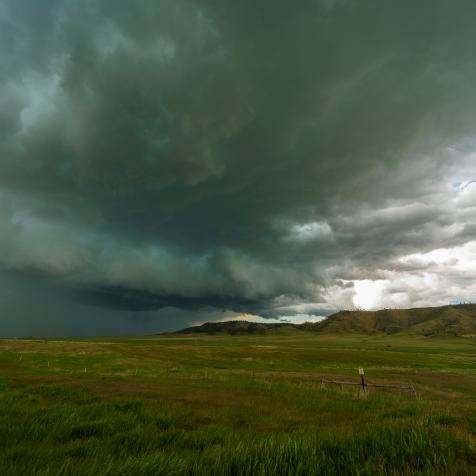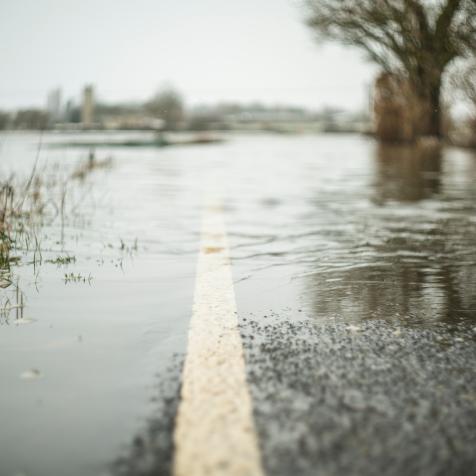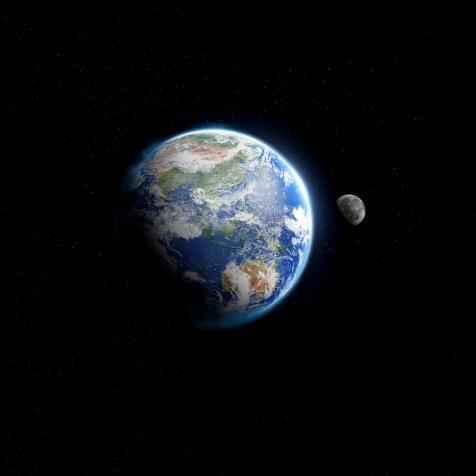
Bloomberg
Snow Storms in Texas? Let’s Talk About It
Freezing temperatures in the south and warming temperatures in the north? Something isn’t adding up.
It’s hard to imagine a snowstorm in Texas could be caused by the Arctic, right? They're thousands of miles away from each other! But if we take a closer look, scientists are theorizing that rapid heating of the Arctic can drive frigid air from the north pole further south, and surprisingly enough, can end up where we’d least expect. Unfortunately any measure of extreme weather prompts high-demand in electricity, which can cause any type of energy infrastructure to burn out. Likely so, this past week, over 4 million people were, and currently are, isolated in freezing weather conditions without electricity in the state of Texas.
Who’s to blame? What’s to blame?
Fingers are pointed in multiple directions as to what the root cause and science is behind this ‘historical’ phenomenon. Judah Cohen, the director of seasonal forecasting at Atmospheric and Environmental Research, explained, “this can’t be hand-waved away as if it’s entirely natural. This is happening not in spite of climate change, it’s in part due to climate change.” Other scientists and Cohen argue this is a ‘symptom’ of heating in the Arctic. Judah also suggests that when warming occurs in the Arctic, there’s a correlation with winter storms never being too far behind. Ironic, or is there more to the story?
Although a warming planet is partially to blame (at least, we theorize), it isn’t alone in the mess. The reason it’s been a bit colder than usual lies within the ‘polar vortex,’ “a low-pressure mass of cold air swirling around at the top of the world,” according to the Scientific American. The polar vortex is usually parked within the realms of the north pole but can become ‘wobbly’ or even sever into pieces if thrown off balance. In doing so, it sends rushes of cold air streaming south. These outbreaks result in discourses of extreme weather wherever they decide to reside, and in this case it’s Texas.
Hot vs. Cold

Joe Raedle
When we see a natural disaster involving heat, we usually correlate it with climate change. Is that where we place the rest of the blame involving Texas? While it seems a bit uncharacteristic, scientists hypothesize that sudden winter storms are associated with climate change. As the Arctic is “currently one of the fastest-warming regions on the planet,” the rising temperatures may increase the odds of an imbalanced polar vortex, according to the Scientific American. As climates continue to warm, it’s ‘suggested’ that this can and will happen more frequently.
Natural disasters have proven that we need to become adequately prepared for what Mother Nature with a ‘dash’ of climate change can do. Systems need to be created with reliable and durable capabilities that can withstand the next unexpected and possibly worse phenomenon.












































































